Social distancing can be challenging for everyone in the family. To help me find new ways to cope with the pandemic, I like to listen to podcasts while on a morning walk or run. I always enjoy learning what moms in the city are doing for health and wellness, compared to the options I have living the “country life” in Oklahoma. I find going outside, for a walk or run, with a good podcast, opens my mind to new ideas to explore.
On a run earlier this spring, listening to a podcast, soon after the schools closed because of COVID-19, I found a “back to basics” discussion on how lowering my intake of foods with added sugars and sweeteners benefits women. As I started to think about my diet, what potential changes I could make, and how my husband and two kids would react, I decided to get them involved, too.
Why not make this a group effort? In fact, I proposed this no added sugar challenge to my family as an experiment. With the kids as my assistants, and all of us and Dad as subjects, I shaped the experiment based on my academic nursing experience. Making this a scientific study, calling on the kids as equal partners in putting the experiment together, motivated my eight-year-old daughter and ten-year-old son to participate.
As a family, we were soon discussing our study’s parameters, setting goals, and hypothesizing the results, together. We decided our experiment would last nine days. We also “pinky swore” that we, all four of us, would do our best to document our experiment, not cheat, support each other, and contribute in every step, from planning menus to clearing the dishes.
5 Lessons I Learned from No Sugar Added Challenge
Lesson #1 Include the Kids as Full Partners
I returned home excited to propose this grand experiment to my eight-year-old daughter and ten-year-old son. I sat them down for a nice French toast breakfast with bananas and Nutella. This definitely got their attention! I’m not sure if it was because this was week 3 of social distancing, week 2 of homeschooling, or the recent batch of kolaches and two loves of homemade bread I recently baked, but they agreed to our family science experiment. I think it was the sugar and endorphins.
Seriously, the key to getting my kids’ “buy-in,” their support of this experiment had everything to do with me asking for their help. I took some time to think through how they could help every step of the way. In the end, this became the best result of this experiment.
After the kids agreed, we spent the rest of the day, talking here and there about our favorite unprocessed foods, how we could recreate these meals in the kitchen ourselves without added sugar, which meals they wanted to learn how to prepare, and how we would track what we ate and how we are feeling.
Lesson #2 Don’t Over Focus on Foods You Can’t Have
We didn’t leave any food group or aspect of our diet out of our family research. Processed foods, meals that didn’t require condiments like ketchup (I still can’t make sugar-free ketchup), and foods you wouldn’t usually think of like canned fruit and vegetables had to be replaced. Anything that had fructose, glucose, and dextrose were off the table, even honey. We soon had a more savory, and would later discover, a more flavory, meal plan.
I also didn’t want to overwhelm my kids, so we decided to keep all produce, fruits, and vegetables, on the table for easy access. Remember, our family’s focus was on foods, mainly processed foods, with added sugar. Foods with natural sugars like fruits and vegetables were fine. We also didn’t deprive ourselves of grains, as long as it was a whole grain that supported our no added sugar experiment parameter, we could eat it. Remember parents: processed foods are made with more macronutrients like fat and carbs, while fresh foods contain more micronutrients, including vitamins and minerals.
Lesson #3 Kids Love to Document Their Progress
As a family we first established what we would measure. Each of us would note how we felt each day with no added sugar. The big key here is to include the kids in the process of what to measure.
Sleep. My husband and I maintain a strict bedtime schedule, which helped us establish a solid baseline. Our kids understand that our goal is at least 10 hours a night. Bedtime is usually around 9:00 PM, and they generally wake themselves up by 8:00 AM. Each morning we documented how long and described our previous night’s sleep.
Studies show that when we decrease our sugar intake, our sleep will improve.
Energy. At the start of each day, we also tracked how alert and ready we felt for the day. We also documented how we generally felt throughout the day and any physical activities like outdoor games, riding our bikes, or going for hikes and walks.
Studies show that after an initial period of withdrawal, our energy levels stabilize and often increase because we’re no longer subject to the ups and downs associated with overeating sugar.
Mood. Each day we also collected information about our mood. For example, if they were happy throughout the day or if they were just in a funk.
As previously noted, studies show that our ups and downs flatten out. Like energy, this can potentially improve our mood.
Headaches or Similar Reactions. We wanted to see if headaches, foggy days, difficult mornings, or irritation were associated with our sugar intake. We monitored and documented these reactions as well.
Studies show, like any food or substance we ingest, when we are no longer ingesting something like caffeine, for example, our body can react to the withdrawal for a period of time in various ways.
Lesson #4 Don’t Forget to Celebrate Together
On the 8th and 9th day of our family experiment, we celebrated with a sugar party! On this day, we broke our added sugar fast and shared blueberry pancakes (not whole grain), drive-thru chicken nuggets, and fried rice with chicken, to name a few meals.
Now that we had gone a week without added sugar, we wanted to see our reactions once we introduced foods with added sugar back into our diet. For the next two days, we were more careful to monitor our intake and any changes we felt, including changes in how we slept, our energy levels, mood, or other physical reactions like headaches.
These last two days concluded our nine-day study.
Lesson #5 Reflect on Your Results Together
Our results do not demonstrate many changes. We didn’t experience any significant difference in how our body felt, no increase or decrease in headaches, for example. Our energy stayed about the same. And our emotions during this time also did not change much. Kids can just be moody at this age, and I blame this more on their use of electronics than what we felt and observed during our seven-day sugar fast.
Our sleep though, did seem to improve. We all started at around 8 hours a night at the beginning of the study, but by day 7, we are all at around 10 hours a day. On days 8 and 9, we reverted back to added sugar and processed food, we returned to 8 hours of sleep.
Experts agree more study needs to be done when it comes to the results of more scientifically based research on sugar intake. There are large gaps in understanding how added sugar affects the body, and studies like this need to be monitored anywhere from 4 weeks up to a year to provide definitive data. While we did our small part exploring the effects of added sugar and processed foods, we agreed that four weeks to a year would be really difficult for this crew.
What I Learned
While we didn’t experience dramatic differences between our pre- and post- added sugar fast, we did discover how well we work together as a family. We bonded in ways we couldn’t have if we were at school, shuffling back and forth to afterschool activities, jobs, and the socializing we do outside the home.
As a family, we planned meals, wrote shopping lists, learned how to cook new foods, and made meals together. We had the opportunity to take a step back and reflect on our previous busy food choices. This experiment brought us into the kitchen and to the dinner table together more than we had been. Although we did not get all the results we anticipated, we did discover we work well as a family-team. I believe my kid’s buy-in to participate, their contributions, and willingness to cut added sugar out of their diet (which is huge) was because we recognized them as equal partners in this process. In the end, this was probably the biggest lesson for me. When we include our kids and value their ideas, what they are capable of may surprise you!
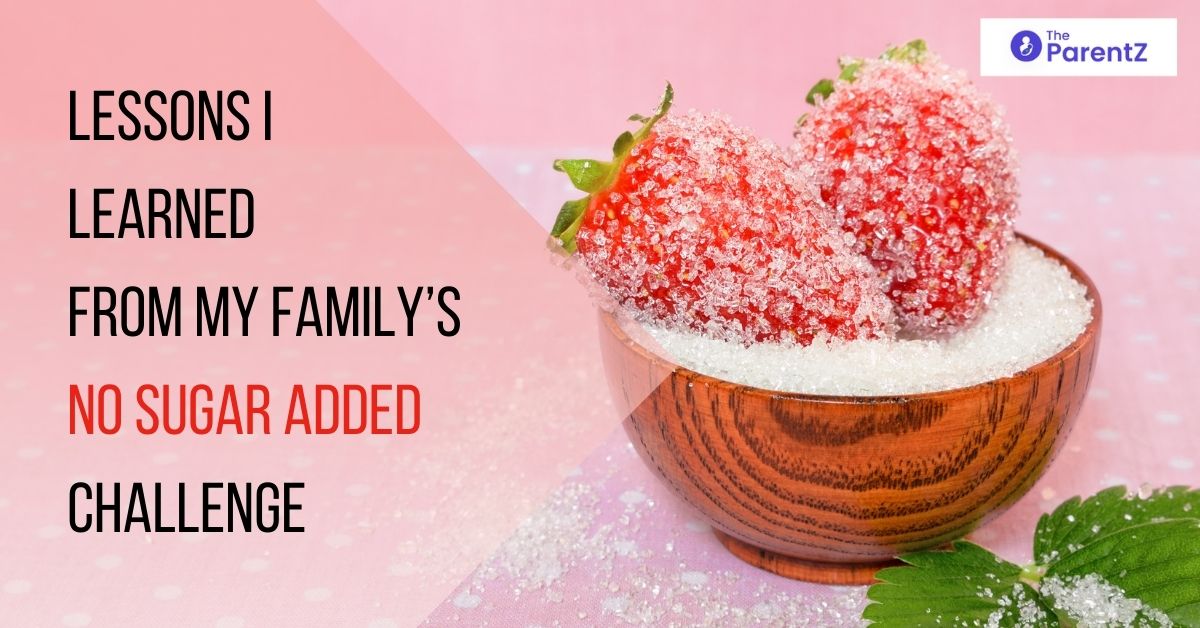

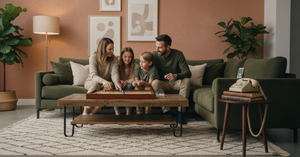
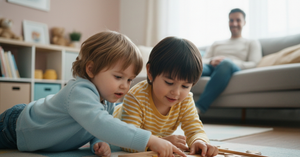
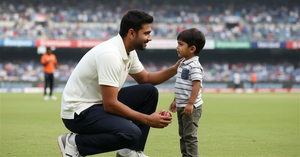

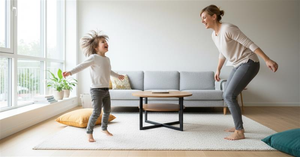
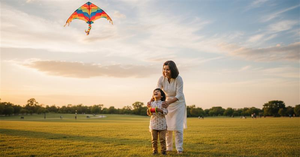
Be the first one to comment on this story.